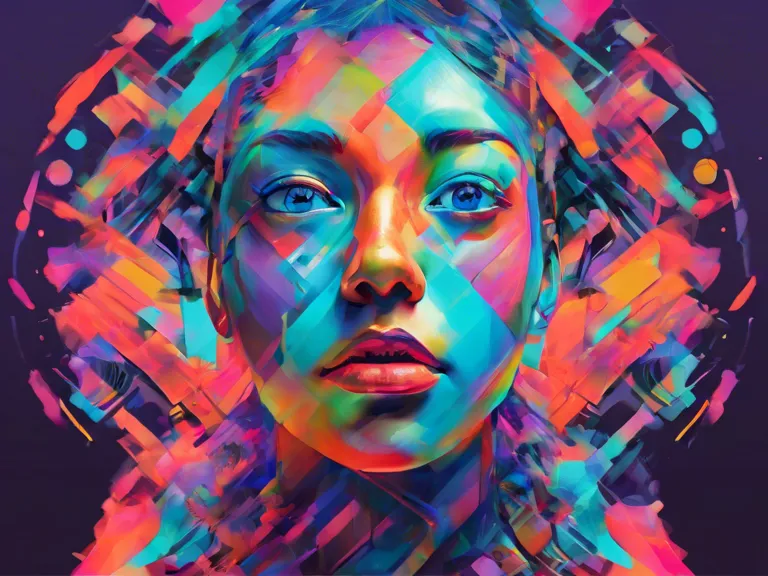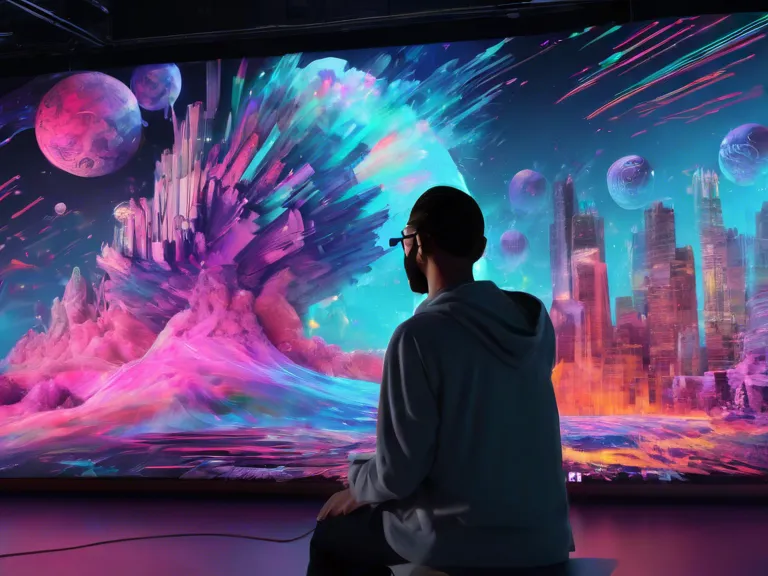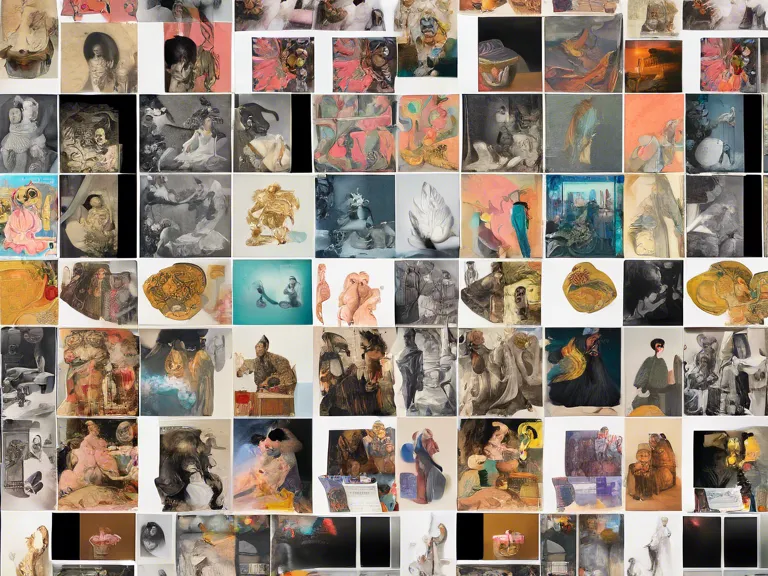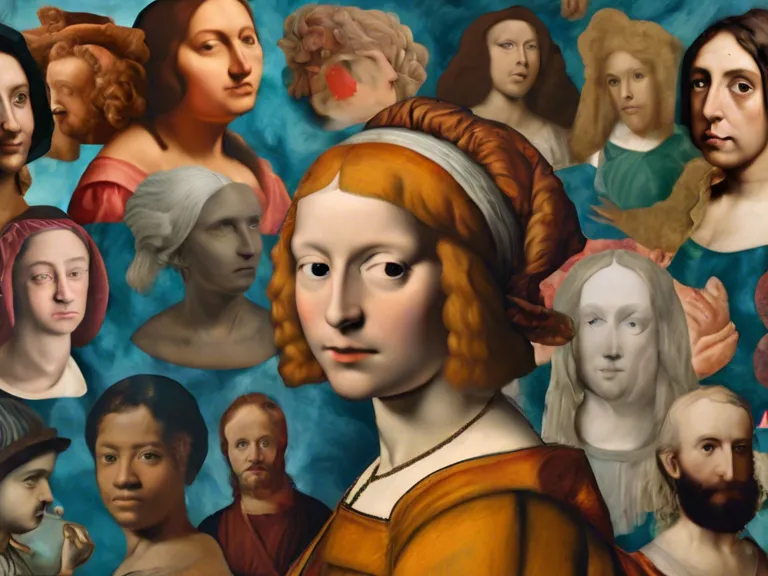
NFT Art: The Intersection of Traditional Creativity and Digital Innovation
In the digital age, art is no longer confined to physical galleries and museums. With the rise of NFTs (non-fungible tokens), artists are exploring new ways to create, sell, and showcase their work. NFT art represents a convergence of traditional creativity and digital innovation, offering artists a platform to reach a global audience and monetize their creations in unique ways.
NFTs allow artists to tokenize their art, giving each piece a digital certificate of ownership on the blockchain. This not only ensures the authenticity and provenance of the artwork but also opens up new possibilities for artists to engage with collectors and fans directly. By minting their art as NFTs, artists can sell limited editions, offer royalties on secondary sales, and even embed unlockable content or experiences for the buyer.
The appeal of NFT art lies in its democratizing potential. Artists who may have struggled to break into the traditional art market can now find success in the digital realm. NFTs remove the barriers to entry, allowing artists of all backgrounds and styles to showcase their work and connect with a global community of collectors. This democratization of art ownership also benefits collectors, who can support their favorite artists and own a piece of digital art history.
Despite the exciting opportunities that NFT art presents, it also raises questions about the environmental impact of blockchain technology and the potential for copyright infringement. Artists and platforms are actively exploring solutions to address these concerns and ensure the sustainability and integrity of the NFT art market.
As NFT art continues to evolve, it will be interesting to see how artists navigate the intersection of traditional creativity and digital innovation. By embracing the possibilities of blockchain technology, artists can redefine the art world and create a more inclusive and diverse ecosystem for creators and collectors alike.


